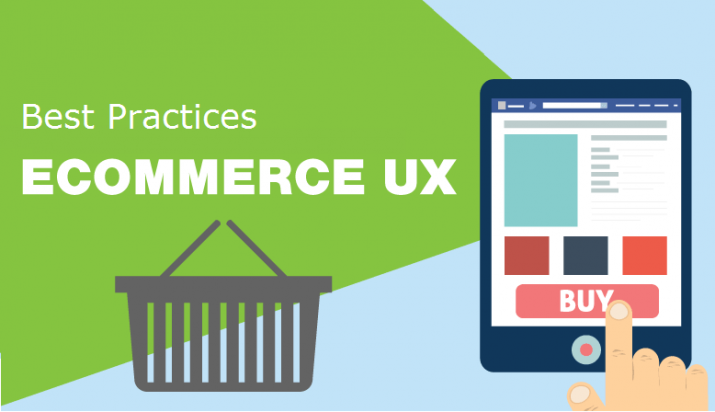
One of the biggest challenges in the ecommerce industry is converting casual website visitors into paying customers. And whether customers will pay for your products depends not just on the quality of the products but also on the the way the products are presented. Excellent presentation increases the perceived value of the products and makes them more desirable in the eyes of your customers.
User experience (UI) design is all about presenting your products in the best possible way, to maximize their chances of being sold. Excellent user experience makes your customers come back to your store again and again.
Given below are some important user experience best practices that you must follow to increase your store’s conversion rates and acquire more paying and loyal customers.
1. Don’t Make Your Customers Wait To View Your Website
Nothing gets your website visitors to bounce off it faster than slow loading web pages. Slower page loading is directly proportional to fall in conversion rates. Be it a small size store, or a big one, your visitors would not wait for more than 3-5 seconds. And making them wait longer is a surefire way to make them switch to your competitors.
For fast load times and smooth checkout experience, you can trim down your code. Also compress image sizes, since larger image takes a lot of time to load. Use responsive design that adapts the designs of your website to look best on all devices.
2. Understand How Customers Read Information
To understand your customers better, you should put the most important parts of website pages across the top and down the left-hand side. Normally, visitors scan web pages in “F’ pattern. So bring their attention to headlines, headers by creating an appropriate
ecommerce design.
3. Make It Easy To Find Your Products
For this, you need to create an algorithm driven system that shows most relevant products to customers when they visit your website based on their account preferences, product search history, and items previously purchased or added to cart. Predictive analytics is the next big thing in ecommerce and personalized product recommendations and personalized layouts based on predictive analytics will drive the future ecommerce stores.
4. Simplify Products’ Page Layouts
Experts say that, “Keep layouts as clean and sleek as possible.” Place the fundamentals – product code, price, brief description, size/color options, photo/video gallery in the right place. Also consider simplifying reviews, ratings and shipping options – all in a simple and clean layout.
5. Keep Color Focused & Under Control
Colors are a great tool to evoke emotions and put emphasis on something. However, the usage of too many colors might make the design confusing and unmemorable. So, always try to limit color options and limited color variations. Use your brand colors along with various shades and be consistent throughout the website. The more colors you use in your website, the more off putting it may appear to your viewers. Also, ensure the color palettes match your offerings. Keep a contrast between the texts and background so that people can differentiate both.
6. Ensure Text Is Large (Readable)
Ever thought that the typography of your website can have an impact on your conversion rates? If no then it’s time you did. Text on your website must be easily readable. Ensure they are large, clean and sharp with proper line spacing. Don’t forget that, the easier it is to read your content, the more likely customers will do so and the more likely they will get the information they require and will purchase from your store.
7. Use High Quality Images & Videos
Informative and quality images and videos matter a lot when it comes to providing a better user experience. You can display a range of images on your store, specially product images. The more information you provide, the easier it is for your customers to say “Yes, We want this.”! High quality videos and images give an exact idea about what you are offering to them.
Wrapping Up
The effectiveness of the above best practices depend on how best you implement them. But you will be able to identify the ideal way of doing things only if you try them out and experiment with different options (A/B tests) to see which option works best for you.
What other UX best practices you think should be incorporated in any online store? Leave your views in the comments below.
